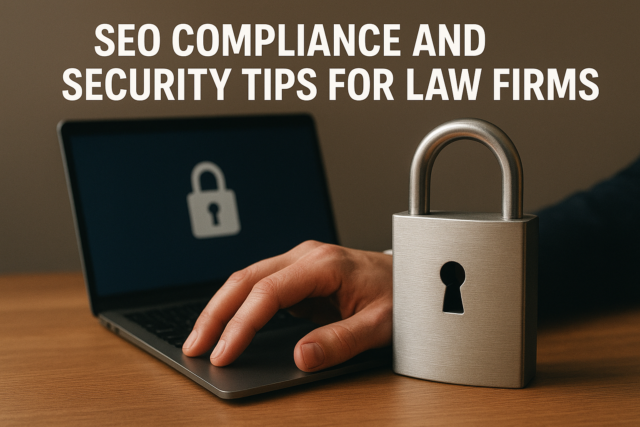Images are an essential part of any website. They help to break up the text, provide visual interest, and engage visitors. However, if images are not optimized correctly, they can slow down your website and impact its overall performance. This article will discuss advanced strategies for Image Optimization to ensure your website loads quickly and efficiently.
What is Image Optimization?
Image optimization is the process of reducing the file size of an image without sacrificing its quality. Optimized images can improve website speed and performance, leading to better user experience and higher search engine rankings.
Why is Image Optimization Important?
Unoptimized images can significantly impact website speed, leading to a poor user experience. Slow-loading websites can also negatively affect rankings, as search engines favor fast-loading websites. Therefore, image optimization is crucial for improving website speed and performance.
Image Optimization Best Practices
There are several best practices to follow when optimizing images:
1. Use the Right Image Format
Choosing the correct image format can significantly impact file size and quality. JPEG is ideal for photographs and complex images with many colors, while PNG is best for images with fewer colors or transparent backgrounds.
2. Compress Images
Compression reduces the file size of an image by removing unnecessary data. Several tools are available for compressing images, such as TinyPNG and JPEGmini.
3. Optimize Image Size
Using images that are larger than necessary can significantly impact website speed. It’s essential to use images that are the correct size for their intended use.
Over 20% of all U.S. web searches happen on Google Images, according to 2018 data from Jumpshot.
4. Use Descriptive File Names
Descriptive file names can help with SEO and make it easier to organize images. Use descriptive keywords in file names, such as “red-dress.jpg” instead of “IMG0123.jpg.”
5. Utilize Alt Tags
Alt tags provide text descriptions of images for users who cannot see them, such as those using screen readers. Alt tags also help with SEO, as search engines use them to understand the content of an image.
Advanced Image Optimization Strategies
In addition to the best practices listed above, you can use several advanced strategies to optimize images further.
1. Lazy Loading
Lazy loading is a technique that only loads images when they are needed. This can significantly improve website speed, reducing the number of resources that need to be loaded initially.
2. WebP Images
WebP is a new image format that is smaller and loads faster than JPEG and PNG. While not all browsers support WebP, using it where possible can significantly improve website speed.
3. SVG Images
SVG is a vector image format that can be scaled without losing quality. These images are typically smaller than JPEG and PNG, making them an excellent choice for icons and logos.
4. Content Delivery Networks
A content delivery network (CDN) is a server network that stores copies of your website’s content. Using a CDN, images can be served from the closest server, reducing load times.
Conclusion of Image Optimization
Image optimization is crucial for improving website speed and performance. You can ensure your website loads quickly and efficiently by following best practices and utilizing advanced strategies such as lazy loading, WebP, SVG, and CDNs.
FAQs about Image Optimization
Q1. What is the ideal image size for websites?
The ideal image size for websites depends on their intended use. It’s essential to use images that are the correct size for their intended use to ensure website speed and performance. For example, a hero image may need to be larger than a thumbnail.
Q2. How do I compress images without losing quality?
Several tools are available for compressing images, such as TinyPNG and JPEGmini. These tools use compression algorithms that remove unnecessary data from images without sacrificing quality.
Q3. Can lazy loading affect SEO?
No, lazy loading does not affect SEO negatively. It can improve SEO by improving website speed and performance, which search engines consider when ranking websites.
Q4. What are the benefits of using a content delivery network (CDN)?
CDNs can significantly improve website speed and performance by serving images and other website content from the closest server to the user. This reduces load times and can improve user experience.
Q5. Are there any downsides to using SVG images?
SVG images are unsuitable for all images, such as photographs or complex graphics. Additionally, some older browsers do not support SVG, which can lead to compatibility issues.





